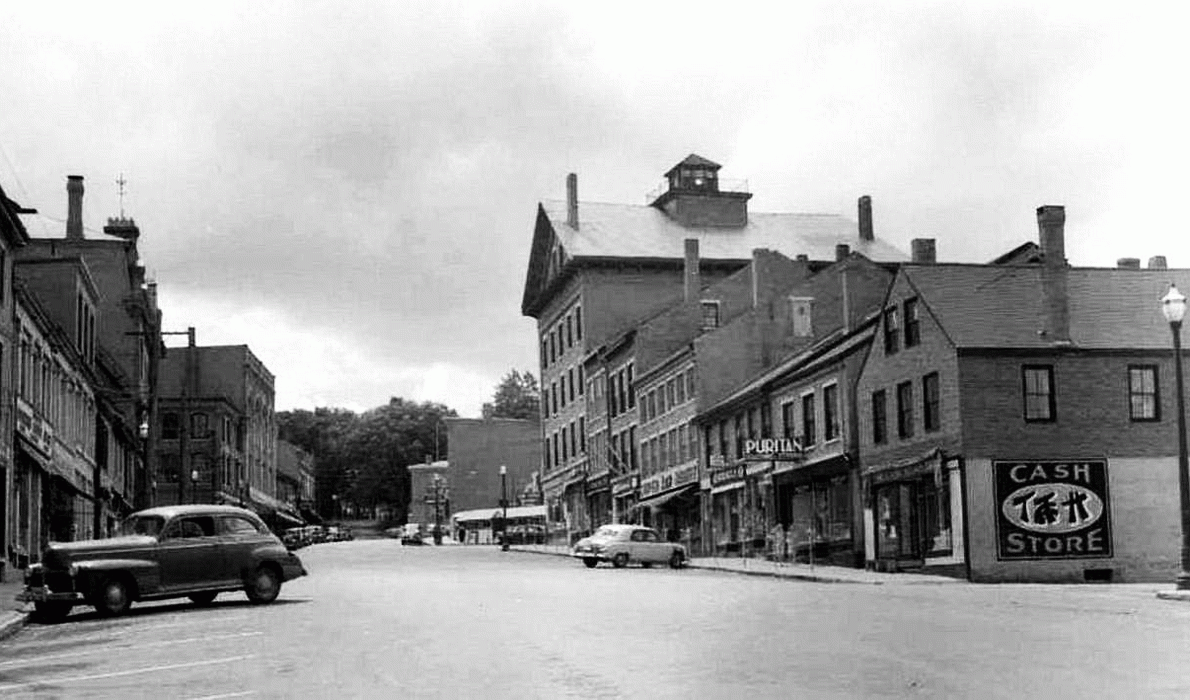Posted August 31, 2018
Last modified September 4, 2018
I grew up on the south shore of Long Island, N.Y. When I was 19, a friend and I traveled to Cape Cod and then western Massachusetts on our college spring break. It was a trip that would change my life.
Towns like Amherst and Holyoke in western Massachusetts and Chatham and Wellfleet on the Cape made an impression on me as the antithesis of my hometown, with their compact, orderly downtowns, their pretty buildings, and their pedestrian-busy sidewalks.
If my town had a village center, it was lost on me. Long Island’s transportation system includes four or five major east-west roads. Traveling along one that passed through our town, it was virtually impossible to discern where one town ended and the next began. Those towns had sprung up in the early 1950s to welcome families whose children would become the baby boom generation.
Those pretty, small towns my friend and I drove through on that fateful trip kindled in me a love for New England. When I got married a few years later, we planned on settling in western Massachusetts, mostly because of the vision of a life there that my visit had imparted.
Employment changed those plans. A teaching job was offered in Maine, we moved, fell in love with the state, and never left.
One of the key issues we try to cover in The Working Waterfront is municipal and regional land use planning. Put that way, it sounds about as interesting as reading an IRS instruction book. But I see planning as what stands between our beautiful, vibrant downtowns and the soulless homogeneity of Anytown, U.S.A.
Without planning principles that put a high value on compact, orderly, pedestrian-friendly downtowns, the very thing that attracts tourists, seasonal residents, and those who would relocate here could succumb to sprawl and a loss of community. The answer doesn’t necessarily mean overly stringent rules.
A national planning expert presenting at a conference I attended a couple of years ago compared photos from 1910 of his hometown of Brainerd, Minn., with images from today. The first showed brick buildings that fronted on wide sidewalks, each the same distance from the street—picture Spring Street in Portland. The second looked like a modern office park, with wide streets, no sidewalks, and sprawling buildings.
The planner asked, rhetorically, how thick the city code book might have been in 1910. His point was that planning, typically done in the name of economic development, that gives preference to shopping centers outside of town is a relatively new development. And it’s not working.
Analysis of employment, tax revenue, and the cost of municipal services shows that out-of-town shopping centers don’t pull their weight, and that in-town buildings produce more.
That principle is at work in Belfast, where city councilors are working on an idea to create a Main Street-type development on a small parcel of land on the waterfront.
The principle is also at work on Islesboro, where selectmen won voter support for a plan to encourage denser development in a few community identified village-like centers.
Few of us relish the thought of attending a planning board meeting on a Tuesday night, or serving on a comprehensive plan committee, but it’s important to be involved, and to be vigilant. We’ve got something valuable here in coastal Maine, and we need to protect it.
Tom Groening is editor of The Working Waterfront.

Contributed by




